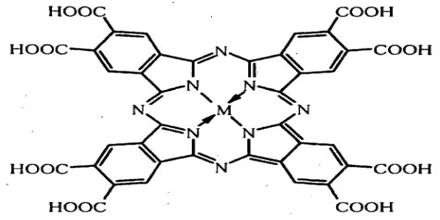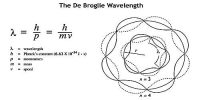Manufacture of ethanoic acid from pyroligneous acid
Pyroligneous acid is distilled with dehydrated Ca(OH)2 solution. As a result, methanol, propanone etc, go away as vapour and gray colored calcium ethanoate remains as residue in the distillate chamber. This residue is called “Gray Acetate of Limes”. Calcium ethanoate is separated and is distillated with the required amount of H2SO4 when ethanoic acid deposits as the distillate in the collecting container. The distillate contains about 40-60% ethanoic acid.
2CH3 – COOH + Ca(OH)2 → (CH3– COO)2 Ca (Calcium ethanoate) + 2H2O
(CH3– COO)2 Ca + H2SO4 → 2CH3COOH (Ethanol acid) + CaSO4
Purification (Preparation of glacial acetic acid):
The acid is neutralized with caustic soda solution, when the crystal of sodium ethanoate, (CH3COONa.2H2O) is formed. The crystals are separated by filtration and are dried by heating. The dry sodium ethanoate is distilled from the cone, H2SO4 at 118°C. As a result, pure ethanoic acid (99.5%) is obtained. As this acid freezes like ice at 16.7°C/ 17°C temperature; therefore. it is called Glacial Acetic Acid/Glacial Ethanoic Acid.
CH3COOH + NaOH → CH3COONa + H2O
2CH3COONa + H2SO4 → 2CH3COOH + Na2SO4














